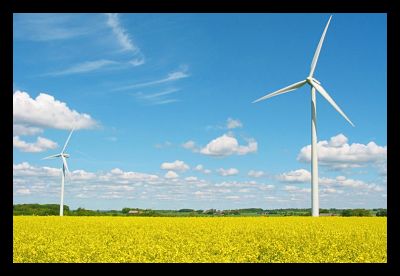 Access to energy is critical to the development of a nation. It allows for increased productivity and standards of living. Although the cheapest sources of energy often come from nonrenewable sources, developing countries should look to clean energy sources to fulfill their energy needs. Here are the 5 reasons why access to clean energy should be a top priority in development.
Access to energy is critical to the development of a nation. It allows for increased productivity and standards of living. Although the cheapest sources of energy often come from nonrenewable sources, developing countries should look to clean energy sources to fulfill their energy needs. Here are the 5 reasons why access to clean energy should be a top priority in development.
- Clean energy is renewable. Although clean energy may be more expensive to develop initially, in the long run its development is worth the investment. For instance, while many developed nations originally used fossil fuels as their primary source of energy, many are now switching to greener sources because of the rising cost of the decreasingly abundant nonrenewable ones. These developed nations first bore the costs of establishing the infrastructure needed to support nonrenewable sources of energy, and are now using even more resources to create the infrastructure necessary to use green sources of energy. Developing countries can be most efficient in their development by choosing to invest in renewable energy sources in the beginning.
- Energy poverty still remains. While an increasing number of people in the world have access to electricity, 1.2 people in the world still do not. Investing in clean energy allows for more people to have access to power without creating greenhouse gas emissions, unlike generating energy from fossil fuels.
- Clean energy drives development. Clean energy produces the power needed for increased production of goods, the lighting needed for children to do their homework at night, and the power needed for mass transportation networks. Additionally, clean energy sources can create jobs in impoverished areas. In Africa, a solar-powered light called the Mwezi Light creates new jobs through its simple assembly design. Workers can easily assemble the lights and sell them for a profit. Clean energy helps drive development by allowing people to be more productive.
- Nonrenewable sources of energy hurt people. According to National Geographic, approximately 3.5 million people are killed each year due to respiratory complications caused by using wood and biomass cookstoves. Clean energy sources do not create smoke or gases, and would not create such consequences.
- Nonrenewable sources of energy hurt the environment. Although they are cheaper to use, the burning of fossil fuels causes the emission of greenhouse gasses into the environment, which have a warming effect in the atmosphere. This warming can create droughts and extreme weather patterns. Both of these negative effects on the environment could actually perpetuate extreme poverty by destroying crops and endangering people’s homes.
While there are many areas of development — including access to safe water and an adequate amount of food — access to clean energy should also be a priority in any nation’s development. Clean energy drives productivity and increases the standard of living in a country without perpetuating the negative consequences of nonrenewable energy sources.
– Jordan Kline
Source: National Geographic, Sustainablog
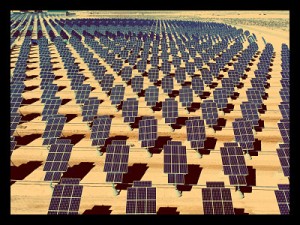
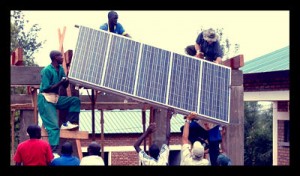
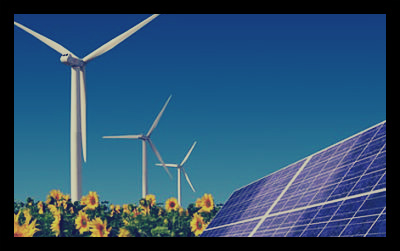
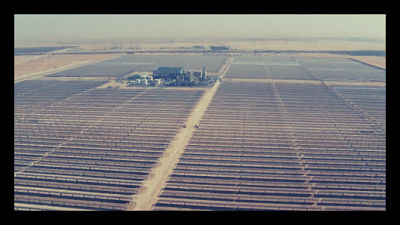 Abu Dhabi has used its oil profits to open the largest solar power plant in the world. The United Arab Emirates is among many Middle Eastern nations, including Saudi Arabia, to focus on solar energy development. The plant cost about $750 million and will provide 20,000 residences with electricity.
Abu Dhabi has used its oil profits to open the largest solar power plant in the world. The United Arab Emirates is among many Middle Eastern nations, including Saudi Arabia, to focus on solar energy development. The plant cost about $750 million and will provide 20,000 residences with electricity.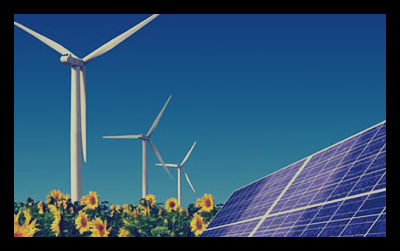 According to a new study, green energy is the only sustainable solution in eradicating poverty for a large number of the world’s poor and preventing “a climate disaster.”
According to a new study, green energy is the only sustainable solution in eradicating poverty for a large number of the world’s poor and preventing “a climate disaster.”